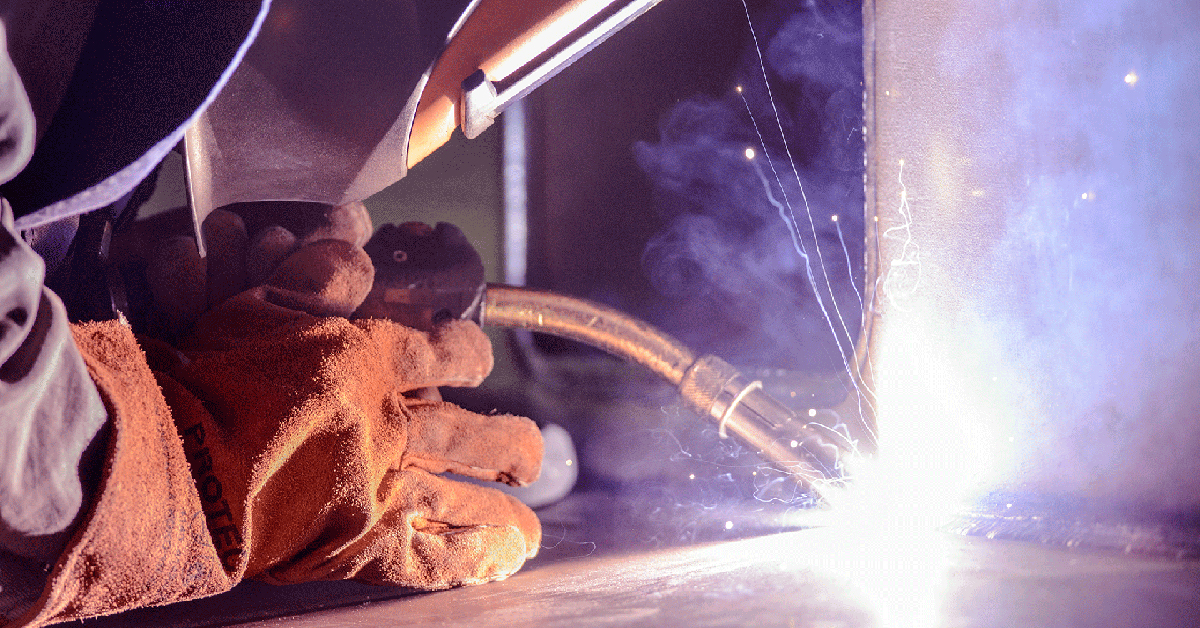Mastering the Art of Welding: Just How to Avoid Undercut Welding Issues for Flawless Manufacture Results
Effectiveness and accuracy are critical worldwide of welding, where also the slightest flaw can endanger the structural integrity of a produced piece. One typical difficulty that welders face is undercutting, a defect that can lead and compromise a weld joint to pricey rework. By comprehending the origin of undercut welding and carrying out effective methods to stop it, welders can elevate their craft to brand-new levels of excellence (Preventing weld undercut). In the search of remarkable construction results, grasping the art of welding to avoid undercut issues is not just an ability but a need for those pursuing perfection in their work.
Understanding Undercut Welding

To avoid undercut welding, welders ought to make certain appropriate welding parameters, such as changing the present, voltage, travel rate, and maintaining the appropriate electrode angle. In addition, utilizing the appropriate welding method for the specific joint arrangement is vital. Using weaving motions or backstepping methods can aid make certain appropriate weld steel deposition and reduce the probability of undercut development. Regular examination of welds during and after the welding procedure is additionally crucial to catch any type of undercut early and make essential adjustments to avoid further problems. Preventing weld undercut. By comprehending the reasons for undercut welding and implementing precautionary procedures, welders can attain high-grade, structurally audio welds.
Causes of Undercut in Welding
Understanding the elements that add to undercut in welding is essential for welders to produce high-quality, structurally audio welds. Damaging takes place when the weld steel does not appropriately fill up the groove developed in between the base steel and the formerly transferred weld metal. Several factors can lead to damage in welding. One typical cause is excessive heat input. Welding at high temperatures for extensive durations can lead to the base steel thawing greater than wanted, causing undercut. Poor welding existing or inaccurate welding rate can likewise contribute to damage. Inadequate current may not provide adequate warm to thaw the base and filler steels appropriately, while extreme speed can protect against appropriate fusion, creating undercut. Furthermore, incorrect electrode angles or wrong lantern adjustment methods can create areas of low weld steel deposition, promoting undercut. Recognizing these causes and carrying out appropriate welding strategies can assist protect against undercutting concerns, making sure resilient and solid welds.
Strategies to avoid Undercutting

To minimize the risk of undercutting in welding, welders can utilize strategic welding methods focused on boosting the quality and integrity of the weld joints. One effective technique is to readjust the welding criteria, such as voltage, existing, and take a trip rate, to ensure proper warm input and deposition. Keeping an ideal electrode angle and making certain regular traveling rate can additionally aid avoid undercut. In addition, using the correct welding method for the particular joint setup, such as weave or stringer beads, can contribute to decreasing undercutting. Preventing weld undercut.
Additionally, proper joint preparation, consisting of making certain tidy base materials read this complimentary of impurities and utilizing the suitable welding consumables, is essential in preventing undercut defects. Using back-step welding strategies and regulating the weld bead profile can additionally assist distribute warm evenly and decrease the danger of undercut. Regular examination of the weld joint throughout and after welding, along with carrying out quality control procedures, can aid in detecting and dealing with damaging issues without blog delay. By executing these strategies diligently, welders can attain perfect manufacture results with very little undercut issues.
Relevance of Proper Welding Specifications
Selecting and keeping appropriate welding parameters is necessary for attaining successful welds with marginal defects. Welding specifications describe variables such as voltage, existing, take a trip rate, electrode angle, and securing gas circulation price that directly impact the welding procedure. These specifications need to be meticulously readjusted based upon the kind of product being bonded, its density, and the welding strategy employed.
Appropriate welding specifications make certain the correct amount of warmth is used to melt the base metals and filler product uniformly. If the parameters are set too expensive, it can lead to excessive heat input, causing distortion, burn-through, or spatter. On the other hand, if the parameters are as well low, incomplete fusion, absence of infiltration, or damaging might happen.
Quality Control in Welding Operations

Final Thought
Finally, grasping the art of welding requires an extensive understanding of undercut welding, its causes, and strategies to stop it. By ensuring proper welding criteria and carrying out quality guarantee methods, flawless construction results can be attained. It is vital for welders to consistently make every effort for excellence in their welding operations to avoid undercut concerns and create high-quality welds.
Undercut welding, an usual problem in welding procedures, occurs when the weld metal does not correctly load the groove and leaves a groove or anxiety along the bonded joint.To avoid undercut welding, welders need to make certain appropriate welding criteria, such as adjusting the existing, voltage, traveling rate, and preserving the appropriate electrode angle. Poor welding incorrect or present welding rate can also contribute to damage.To minimize the risk of damaging in welding, welders can use tactical welding strategies aimed at boosting the quality and integrity of the weld joints.In final thought, understanding the art of welding requires a complete understanding of undercut welding, its causes, and methods to stop it.